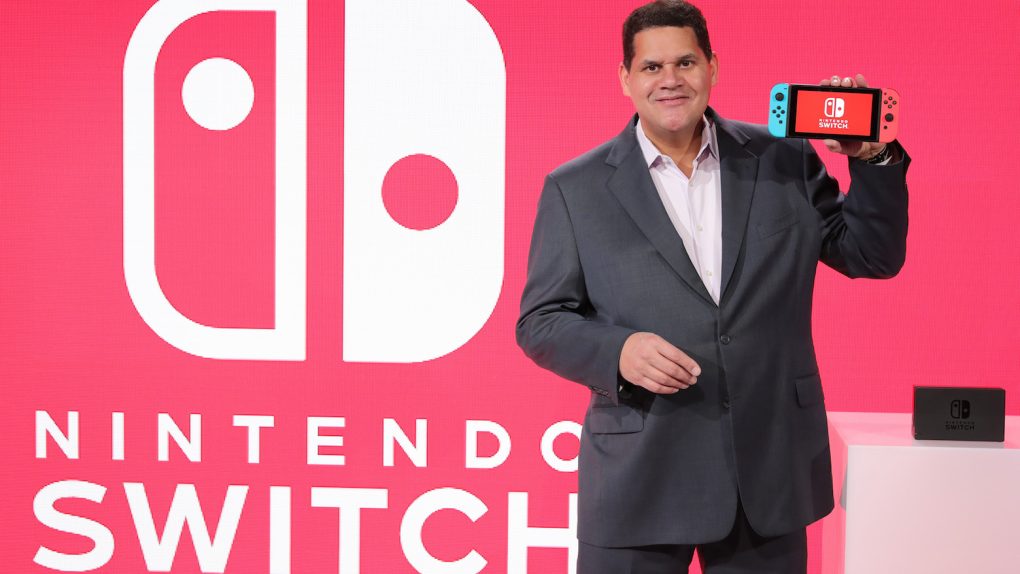For decades, the life span of a video game console has been more or less set in stone. Whether it’s a huge success like the Wii or the PS2, or a huge letdown like the Wii U, consoles typically have a shelf life of about six years before they’re replaced by the next big thing (give or take a year or two). But that rule might finally be broken this generation as console makers have found ways to update their consoles without replacing the hardware altogether.
Having only released the Switch last March, Nintendo has yet to even hint at the possibility of a “Switch 4K” or some equivalent upgrade, but the company did answer a few questions about the long-term prospects of the console in a recent investor Q&A. Needless to say, Nintendo believes that the hybrid console has legs.
“When you think about what can be done with Nintendo Switch as a device that can be taken on the go and that every person has in their hands to play, you realize it has many features not available on any other hardware to date,” said Nintendo executive (and the creator of Super Mario Bros. and The Legend of Zelda) Shigeru Miyamoto.
“Nintendo also has a system in place whereby the software developers focus on these hardware features in their development efforts for the continuation of the Nintendo Switch business,” said Miyamoto, explaining how Nintendo is capitalizing on the console’s strengths. “Up until now, the hardware life cycle has trended at around five or six years, but it would be very interesting if we could prolong that life cycle, and I think you should be looking forward to that.”
Having already outsold the Wii U in just ten months, there’s no question that the demand is there for the Switch. While the Wii managed to break through barriers and attract an entirely new audience with its motion control gimmicks and family-friendly Wii Sports pack-in, the Switch captured the core gaming crowd immediately with titles like Breath of the Wild, Super Mario Odyssey and Mario Kart 8 Deluxe. Indie developers have also latched on to the console, filling the eShop with dozens of quality titles week in and week out.
Nintendo says that its ultimate ambition is for the Switch to be owned by “every single person,” so it’s no wonder that the company expects its life cycle to extend beyond the standard six-year limit.








